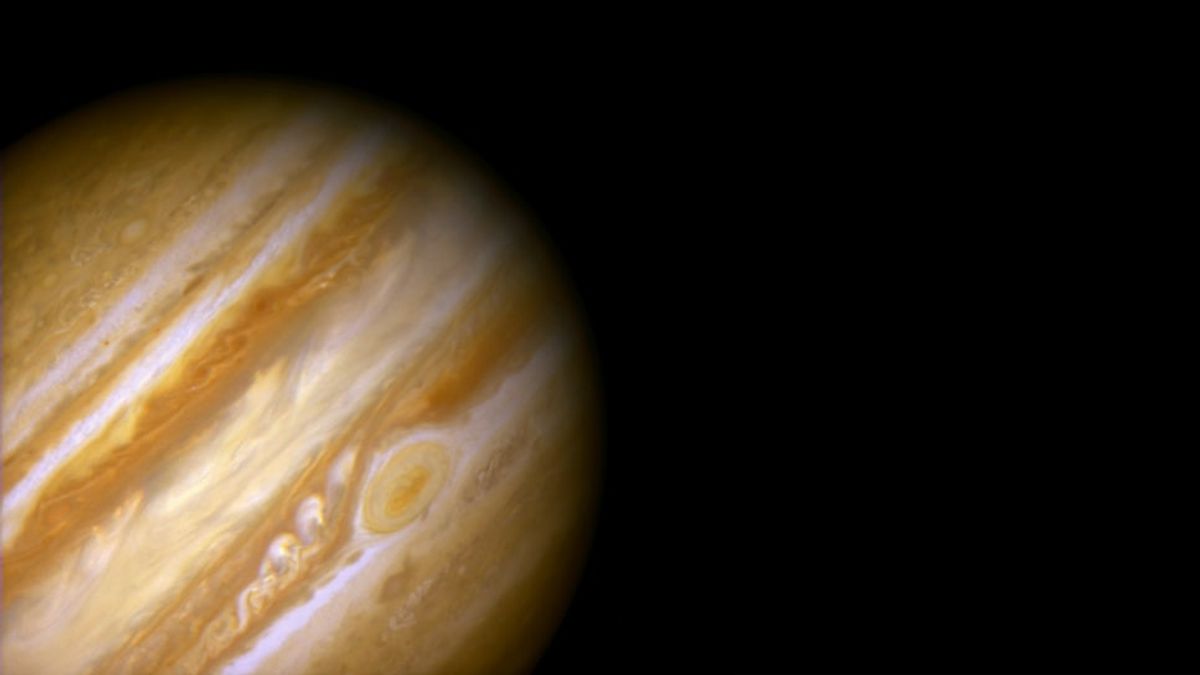JAKARTA - A keen-eyed amateur astronomer, Kai Ly discovered a previously unknown moon around Jupiter after examining the first images of an old telescope. This represents an interesting evolution in astronomy.
According to Forbes, Thursday, July 22, he found the month when he traced 2003 data from the Canada-France-Hawaii Telescope. The archive is a treasure trove of information because previously investigators David Jewitt and Scott Sheppard of the University of Hawaii used it to uncover 23 new moons on Jupiter.
“I am proud to say that this is the first lunar planet discovered by an amateur astronomer,” Ly said in a message on the Minor Planet Mailing List, which was shared with community members.
Jupiter may have dozens or even hundreds of undiscovered moons. This massive planet boasts a substantial gravitational field that allows it to trap space debris into its orbit. Jupiter currently hosts at least 79 moons and the number continues to grow.
In that data set from 2003, Ly paid special attention to images collected in February of that year, when the moon was at its brightest. This is caused by a phenomenon known as opposition, when the Sun and certain planets appear in opposite parts of Earth's sky.
Our home planet was halfway between the Sun and Jupiter in February 2003, allowing astronomers on Earth to clearly see Jupiter's star-lit system.
In addition, Ly also used observations from another telescope called Subaru to establish the object's 22-day arc, which suggests the moon candidate may be bound to Jupiter's gravity. This baseline allowed them to find and confirm the existence of the Moon with other data sets as well.
In the Space and Telescope article, Ly describes the exciting discovery as, "a summer hobby before I go back to school." The rock is currently given the name EJc0061, but does not yet have an official name.
Although the moon's existence has not been officially confirmed, Ly submitted their findings for confirmation to the Minor Planet Electronic Circular, the International Astronomical Union's bulletin that publishes such a discovery. The Moon find is also the latest addition to the catalog of the Jovian Carme satellite group.
The English, Chinese, Japanese, Arabic, and French versions are automatically generated by the AI. So there may still be inaccuracies in translating, please always see Indonesian as our main language. (system supported by DigitalSiber.id)













